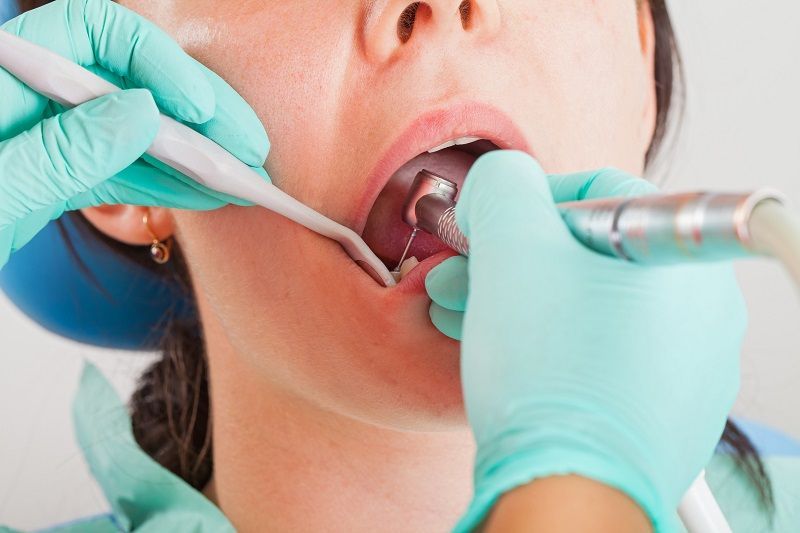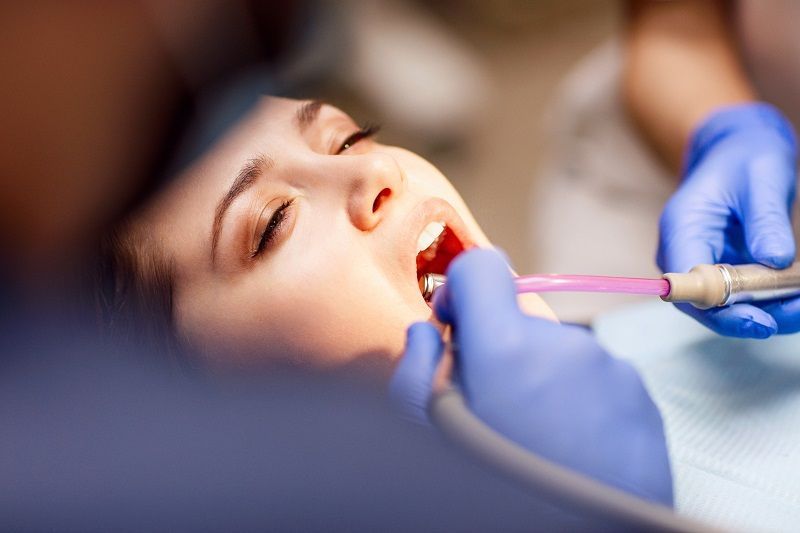Things to Know about TMJ

The temporomandibular joints, usually referred to simply as the TMJs, are the two joints that connect our jaw bone to our skull. The TMJ is made from a dense fibrous membrane called the joint capsule, nerves, blood vessels, bones, multiple ligaments, a joint disc, muscles and mandibular condyles, all sensitive components that can cause uncomfortable, in some cases even severe conditions.
One of the most common issues related to the joint is called the TMJ syndrome. The condition most commonly manifests in the form of pain in the jaw joint, constant ringing or pain in the ears, swelling over the affected joint, headaches, a jaw that becomes locked or is difficult to open, pain the neck and in the face, and should have an evaluation done by a Denver sedation dentist officesoon.
There are many causes that can trigger the TMJ syndrome, the most common ones being trauma suffered by the jaw because of the involuntary clenching of the jaw muscles, by nighttime teeth grinding called bruxism or by a blow or impact suffered by the face around the jaw, osteoarthritis, rheumatoid arthritis or some other type of inflammatory process affecting the face and the jaws. The syndrome is diagnosed with a physical exam as well as with imaging procedures and ultra-sound and it is usually treated with pain relief medication, anti-inflammatory drugs, lifestyle changes to reduce daily stress and a diet made up of soft foods.











